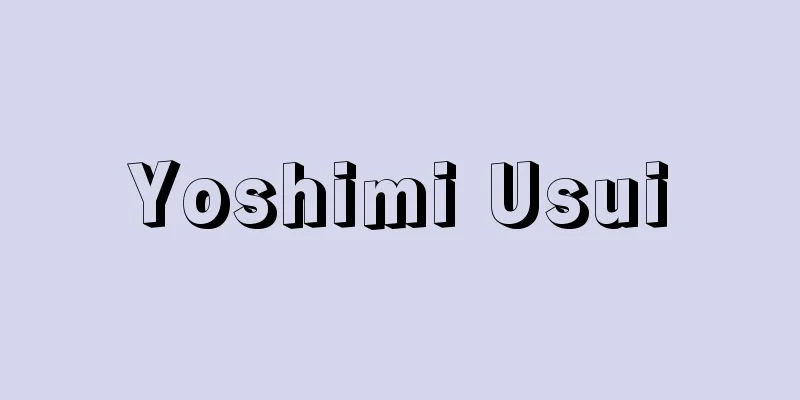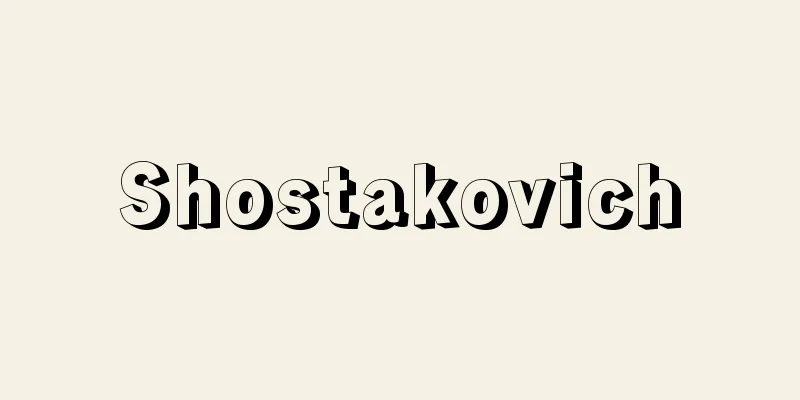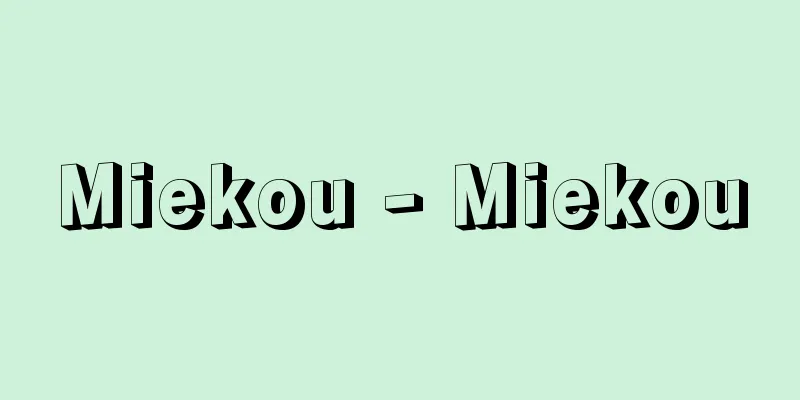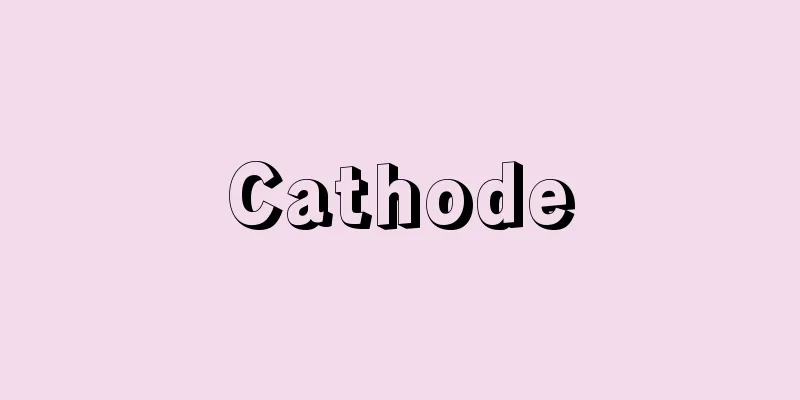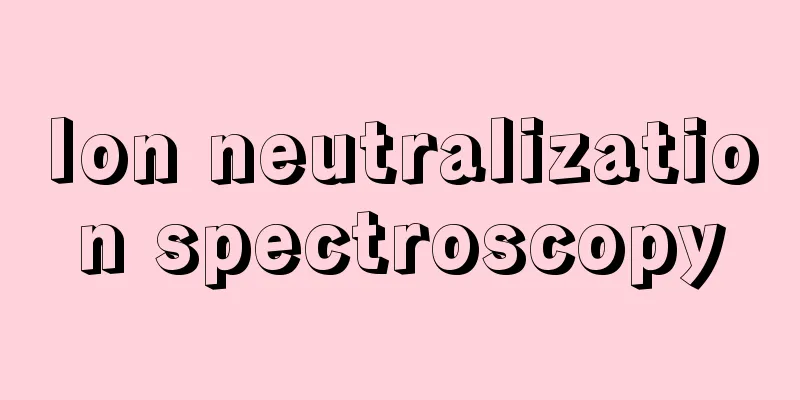Ding an sich (English spelling) Dingansich

|
…(6) This idea of Leibniz was also inherited by Kant. He distinguished between the “phenomenon Erscheinung” of things given to human cognition and the “thing-in-itself” behind it, and considered this thing-in-itself to have will, or a certain kind of power, as its essence. Schopenhauer, who inherited Kant's ideas, clearly regarded the thing-in-itself as will, motivation, and vitality. … *Some of the terminology explanations that mention "Ding an sich" are listed below. Source | Heibonsha World Encyclopedia 2nd Edition | Information |
|
…(6)ライプニッツのこの考え方はカントによっても受けつがれる。彼は人間の認識に与えられる物の〈現象Erscheinung〉と,その背後にある〈物自体Ding an sich〉とを区別するが,この物自体は意志つまりある種の力を本質とするものと考えられている。カントの思想を継承したショーペンハウアーは,物自体を明確に意志・意欲・生命力としてとらえている。… ※「Ding an sich」について言及している用語解説の一部を掲載しています。 出典|株式会社平凡社世界大百科事典 第2版について | 情報 |
<<: Dingelstedt, F. von (English spelling) DingelstedtFvon
Recommend
Eelgrass bed - Amamoba
...The flowering season is from April to May in H...
Asahina Chimaki - Asahina Chimaki
…Various kinds of chimaki were made during the Ed...
Special soil - tokushudojo
This refers to volcanic ash-based soils such as Sh...
Science magazine - kagakuzasshi
In the narrow sense, it is the main medium for the...
Jun yao (English spelling)
One of the labor systems in the Ming Dynasty in Ch...
kafr
...The size of the natural villages of the kalya ...
Cambridge blue
…Together with Oxford University, it is called “O...
Torindo Choumaro - Torindo Choumaro
Year of birth: Year of birth and death unknown. A ...
"Monkey and Crane" - Enkakuzu
...The Hojo (1636, National Treasure) located dia...
Mount Petegari - Mount Petegari
This mountain is located in the center of the Hid...
Whitley Council
Its official name is the Reconstruction Committee ...
Drawing - Sakuzu
Creating a figure that satisfies given conditions...
Disclosure - Disclosure (English spelling)
This refers to a company, government, local gover...
Posture
Posture refers to the way the body is held, wheth...
Kennedy, JP (English spelling) KennedyJP
...The family of JF Kennedy, the 35th President o...
